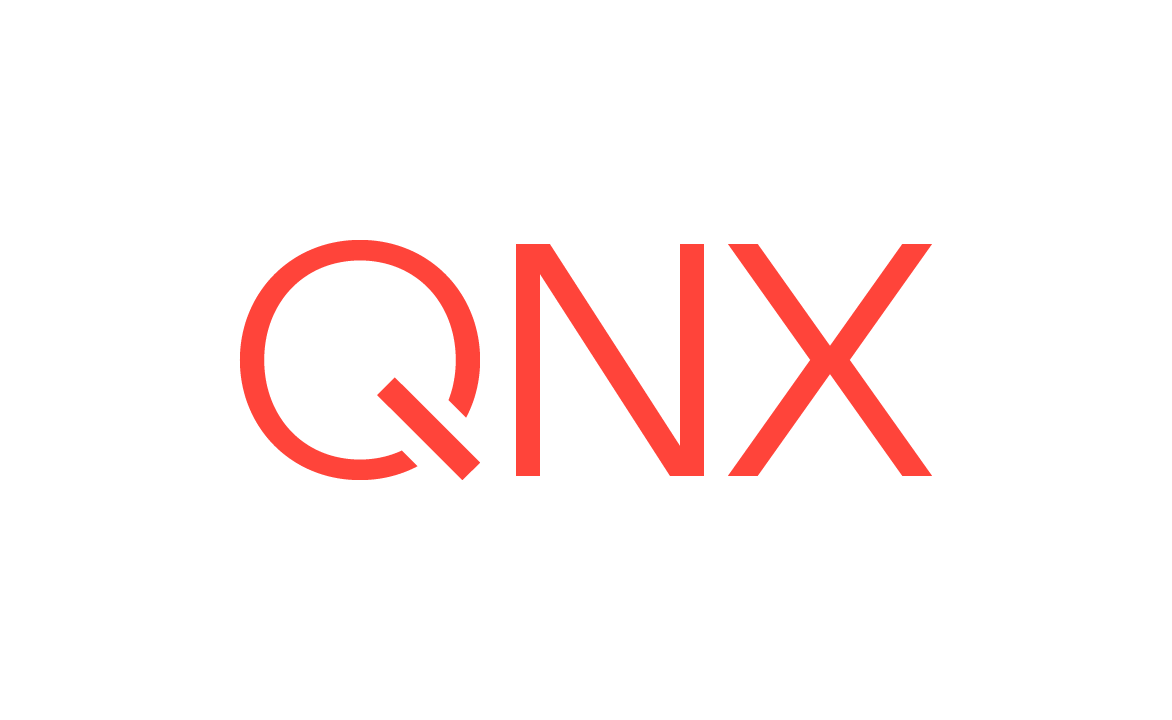Debugging and Launching
QNX Toolkit1.1QNX Toolkit User's GuideDeveloperSetup
The QNX Toolkit allows you to debug or run an application remotely on a QNX target.
When you create a project, the QNX Toolkit generates the default launch configuration file, launch.json, which stores settings related to program execution, setup, or analysis. It is located in the .vscode folder of the project. To view and customize the launch.json file or to create multiple launch configurations, refer to Customizing launch configurations.
The following running modes are supported:
- Launching an application without the debugger
- Launching an application with the debugger
- Attaching the debugger to an existing running process
- Postmortem debugging (core file)
- Intercepting crash signals to launch the debugger
Note:
A workaround
is available for postmortem debugging of core files.
Page updated:
